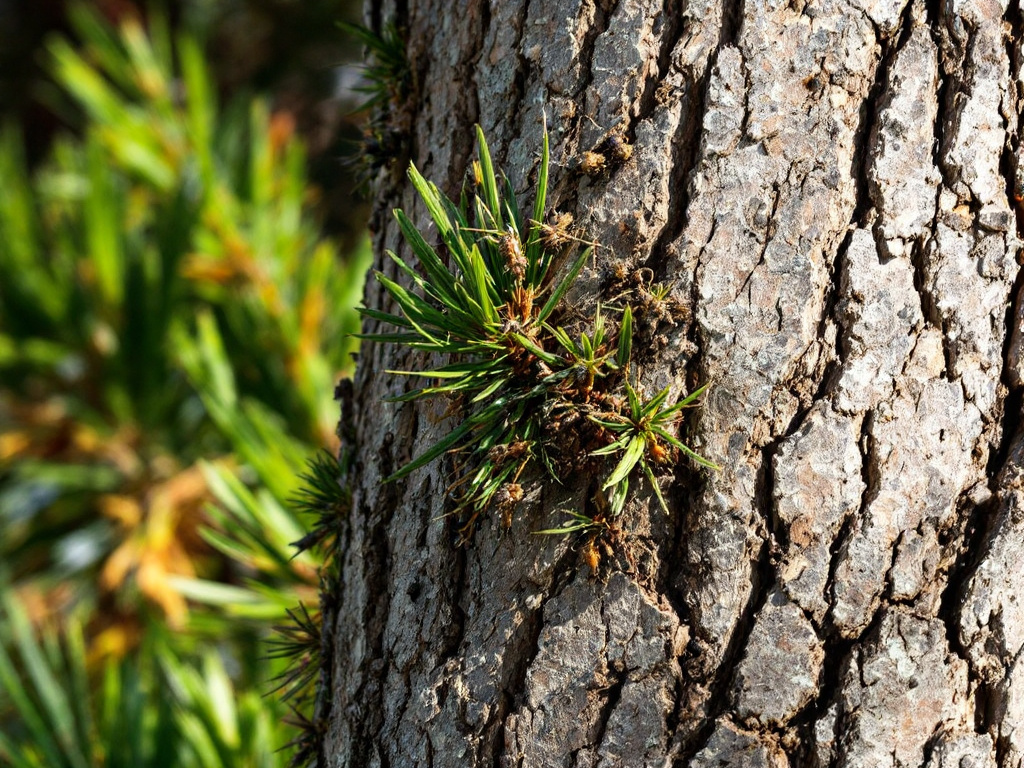Image generated by flux-ai.io & content generated by ChatGPT Version 4o-mini
Protecting Our Pines: What Manatee Residents Need to Know About Bark Beetles
In sunny Manatee County, where lush pine trees are a familiar sight, many homeowners are noticing a troubling trend: their beloved pines are showing signs of distress. A recent guide from a University of Florida researcher sheds light on the issue, particularly focusing on bark beetles—tiny insects that can wreak havoc on our trees. Here’s what you need to know to keep your pines healthy and thriving.
What’s the Problem?
Pine trees are vital to our local ecosystem, providing shade and beauty while supporting wildlife. However, they are sometimes under attack from bark beetles, which are often mistakenly blamed for tree deaths. According to the study, while bark beetles are commonly found on dead or dying pines, their presence usually indicates that the tree was already stressed due to other factors, such as drought, disease, or physical damage.
Imagine it like this: when you see vultures circling a dead animal, they didn’t cause the death—they’re just taking advantage of an already vulnerable situation. Similarly, bark beetles are often secondary pests, meaning they exploit trees that are already struggling.
Signs to Look For
Homeowners in Manatee should be on the lookout for specific symptoms that indicate whether their pine trees are truly under attack:
-
Sawdust or Resin: If you notice sawdust at the base of your tree or resin oozing from the bark, this might be a sign of bark beetle activity. However, don’t jump to conclusions just yet.
-
Needle Color: Healthy pines have green needles. If the needles are turning yellow or red, it might be time to take action, as this could indicate stress.
What to Do Next
Before you consider spraying your tree with insecticides, which may be ineffective, take a step back to evaluate the situation:
-
Confirm the Diagnosis: Make sure that bark beetles are actually the problem. If you’re uncertain, reach out to a local tree health expert or the University of Florida’s Extension services for assistance.
-
Act Quickly: If your tree is visibly infested and turning colors rapidly, it may be too late to save it. Unfortunately, once a pine is significantly stressed, recovery is unlikely. The best course of action may be to remove the tree to prevent further issues.
-
Protect Neighboring Pines: If you have other pines nearby, monitor them closely. If you notice signs of stress or beetle activity, you may need to take preventive measures to protect them.
The Bigger Picture
For residents of Manatee, understanding bark beetles is crucial not only for maintaining the beauty of local landscapes but also for supporting the broader ecosystem. Healthy pines provide habitats for various birds and wildlife, and they play a role in our local climate.
Additionally, as Manatee County continues to grow, maintaining our natural spaces becomes increasingly important. Trees like pines contribute to air quality and help manage stormwater runoff—key factors in our community’s resilience against flooding and climate change.
Conclusion
In summary, keeping an eye on your pine trees in Manatee County is essential. Understanding the role of bark beetles and recognizing the signs of tree stress can help you take appropriate action. If you suspect your pines are in trouble, don’t hesitate to reach out for professional advice. Let’s work together to keep our community’s trees healthy and thriving for generations to come!
References
FOR331/FR399: My Pine Is Under Attack—What Should I Do? A Primarily Insect-Based Decision-Support Guide for Pine Death Management. (n.d.). Ask IFAS – Powered by EDIS. https://edis.ifas.ufl.edu/publication/FR399

